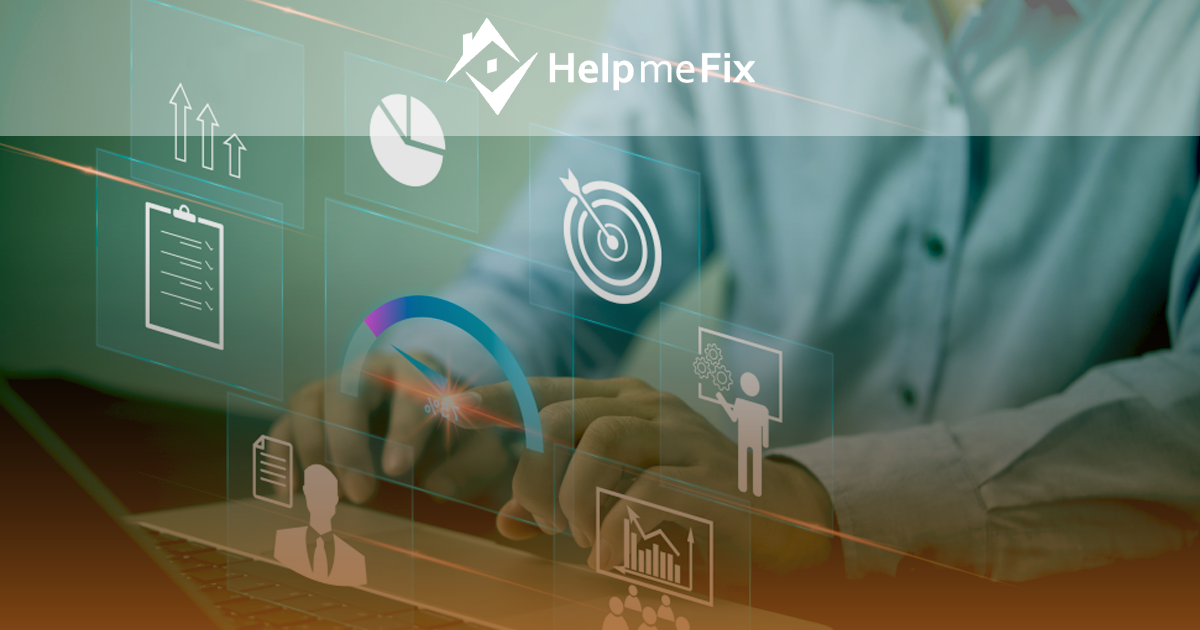🚩 How to Create a Risk Management Plan for Your Properties

As a UK landlord, managing rental properties can be a lucrative and fulfilling business, but it also comes with risks. From unexpected repairs to legal disputes with tenants, there are many potential challenges that can arise. To protect your investment and minimise the impact of these risks, it’s essential to create a comprehensive risk management plan. Here’s how you can get started.
Conduct a Risk AssessmentThe first step in creating a risk management plan is to identify the potential risks associated with your properties. This might include things like natural disasters, theft, fire, legal disputes, and more. Once you have a clear understanding of the risks, you can start to develop strategies to mitigate them.
Develop a Disaster Recovery PlanIn the event of a natural disaster or other emergency, it’s important to have a plan in place to protect your properties and your tenants. This should include steps to evacuate the building, secure the property, and make necessary repairs.
Maintain Accurate RecordsKeeping accurate records of all maintenance and repair work can help to reduce the risk of legal disputes with tenants. This includes keeping track of rental payments, tenant complaints, and repair requests.
Obtain Adequate InsuranceHaving adequate insurance coverage is critical in protecting your properties against risks. This may include liability insurance, property damage insurance, and more. Make sure you understand your policy and what it covers, and consider getting additional coverage if necessary.
Conduct Regular MaintenanceRegular maintenance can help to reduce the risk of damage to your properties and minimise the likelihood of repairs. This may include things like checking for leaks, maintaining the heating system, and ensuring the electrical wiring is up to code.
Establish a Good Relationship with Your TenantsHaving a good relationship with your tenants can help to reduce the risk of disputes and minimise the impact of any problems that arise. Make sure you understand their needs and concerns, and respond promptly to any complaints.
Use Proptech SolutionsProptech solutions, such as digital maintenance management systems, can help to streamline your property management processes and minimise risks. These tools can provide real-time updates on property conditions, automate maintenance schedules, and provide instant access to important information.
Stay InformedStaying informed about changes in the industry, legal requirements, and best practices can help you identify potential risks and take steps to minimise them. Attend industry events, join professional organisations, and subscribe to industry publications to stay up-to-date.
Have a Contingency PlanHaving a contingency plan in place can help you respond quickly and effectively in the event of a crisis. This might include having a backup generator, access to emergency funds, or a plan for finding alternative housing for tenants in the event of a disaster.
Regularly Review and Update Your PlanFinally, it’s important to regularly review and update your risk management plan. This will help you stay ahead of potential risks and make any necessary changes to your strategies.
Creating a comprehensive risk management plan can help to protect your properties and minimise the impact of risks. By conducting a risk assessment, obtaining adequate insurance, staying informed, and using proptech solutions, you can help to ensure the long-term success of your rental properties.


